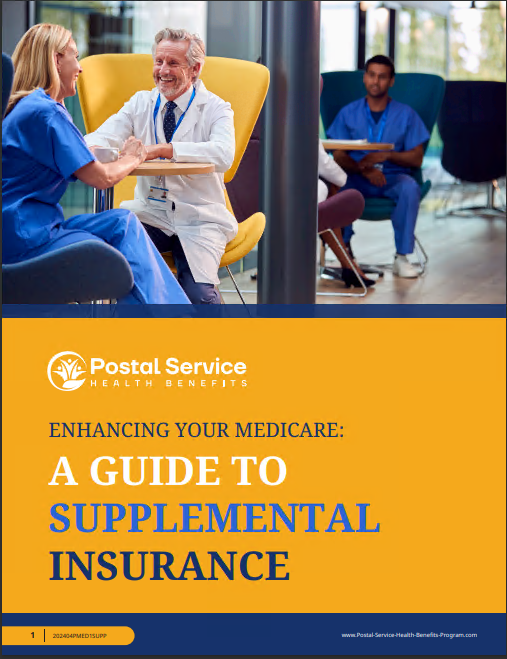Key Takeaways:
- Understanding the differences between dental and vision coverage in PSHB health plans can help you make informed decisions.
- Carefully reviewing the options and benefits of each plan is crucial for meeting your healthcare needs.
From Dental to Vision: A Look at the Various PSHB Health Plans You Can Pick
When it comes to selecting a health plan under the Public Sector Health Benefits (PSHB) program, it’s essential to understand the various options available to you, especially those that cover dental and vision care. These specialized health plans offer significant benefits, but navigating the choices can be daunting. This article aims to demystify dental and vision coverage within PSHB health plans, helping you make well-informed decisions for your healthcare needs.
What’s Covered? Exploring Dental and Vision Benefits
Dental and vision benefits are critical components of comprehensive health coverage. While these benefits vary significantly between plans, understanding the general scope of coverage can help you select the best option.
Dental Coverage typically includes preventive services such as cleanings, exams, and x-rays. More comprehensive plans may cover restorative services like fillings, crowns, and root canals. Some plans also offer orthodontic coverage, which can be particularly beneficial for families with children needing braces.
Vision Coverage often includes routine eye exams, prescription glasses, and contact lenses. Some plans extend their coverage to include corrective surgeries like LASIK, as well as discounts on eyewear and vision correction procedures.
Understanding PSHB Health Plans: The Basics
The PSHB program, which starts in 2025, replaces the Federal Employees Health Benefits (FEHB) program for Postal Service employees and retirees. This change aims to streamline benefits and integrate them more closely with Medicare for eligible members. PSHB health plans will offer a variety of options tailored to different needs, ensuring that employees and retirees can find a plan that suits their health requirements and financial situations.
Eligibility and Enrollment
Postal Service employees, retirees, and their eligible family members are all covered under the PSHB program. During the open season in late 2024, eligible individuals must enroll in a PSHB plan to maintain their health coverage starting January 2025. Those who do not select a plan will be automatically enrolled in a default plan that provides standard benefits without additional premiums or high deductibles.
How to Choose the Right Plan for Your Needs
Selecting the right PSHB plan involves considering several factors:
- Coverage Needs: Determine whether you need extensive dental and vision coverage or if basic preventive services will suffice.
- Costs: Compare premiums, deductibles, and out-of-pocket expenses across different plans to find one that fits your budget.
- Provider Networks: Check if your preferred doctors, dentists, and eye care specialists are included in the plan’s network.
- Additional Benefits: Some plans offer extra benefits such as wellness programs, fitness memberships, and discounts on health-related services.
Dental Coverage: What You Should Know
Dental health is crucial for overall well-being, and the PSHB program offers various plans with different levels of dental coverage.
Preventive Services
Most PSHB dental plans cover preventive services at 100%, including regular checkups, cleanings, and necessary x-rays. Preventive care is essential for maintaining oral health and catching potential issues early.
Basic and Major Services
Coverage for basic services like fillings and extractions varies by plan, as does coverage for major services like crowns, bridges, and dentures. It’s important to review the specifics of each plan to understand the extent of coverage and any associated costs.
Orthodontic Services
For families with children, orthodontic coverage can be a significant consideration. Some PSHB plans include benefits for braces and other orthodontic treatments, which can help manage the high costs associated with these services.
Vision Coverage: Seeing the Benefits Clearly
Vision health is another important aspect of the PSHB program.
Routine Eye Exams
Routine eye exams are typically covered under PSHB vision plans. These exams are essential for detecting vision problems and other health issues early.
Corrective Lenses and Eyewear
PSHB vision plans usually cover a portion of the costs for prescription glasses and contact lenses. Some plans also offer discounts on designer frames and lens enhancements like anti-glare coatings and transition lenses.
Corrective Surgery
Some plans offer coverage or discounts for corrective surgeries such as LASIK. This can be a valuable benefit for individuals considering permanent vision correction.
Comparing Dental and Vision Plans: Key Differences
When comparing dental and vision plans under the PSHB program, there are several key differences to consider:
- Type of Services Covered: Dental plans focus on oral health, including preventive, basic, and major services. Vision plans cover eye health, routine exams, and corrective eyewear.
- Frequency of Use: Dental services are generally needed more frequently than vision services, which might influence your decision based on usage patterns.
- Cost Structure: Premiums, copayments, and deductibles differ between dental and vision plans, affecting your overall out-of-pocket costs.
Common Questions About PSHB Health Plans Answered
What happens if I don’t choose a plan during open season?
If you don’t select a plan during the 2024 open season, you will be automatically enrolled in a default PSHB plan. This plan will provide essential health benefits without additional costs.
Can I keep my current doctors and specialists?
You can continue seeing your preferred healthcare providers if they are included in the PSHB plan’s network. It’s crucial to verify the network details before choosing a plan.
How do PSHB plans integrate with Medicare?
For Medicare-eligible retirees, PSHB plans coordinate with Medicare Part B. This integration helps reduce out-of-pocket costs and maximizes the benefits from both programs.
Navigating Your Options: Tips for Picking the Best Plan
Here are some practical tips to help you navigate your options and select the best PSHB health plan:
- Review Plan Details: Carefully read the plan brochures and benefits summaries to understand the coverage details and exclusions.
- Use Comparison Tools: Utilize online tools provided by the PSHB program to compare different plans side by side based on your specific needs.
- Consult with Experts: Consider reaching out to licensed insurance agents who can provide personalized advice based on your health needs and financial situation.
- Consider Your Health History: Reflect on your past health care usage and potential future needs to choose a plan that offers the best value.
Ensuring You Make the Right Choice
Making the right choice for your PSHB health plan requires thorough research and careful consideration of your personal health needs and financial situation. By understanding the various benefits and coverage options available, you can select a plan that provides comprehensive care and fits within your budget.
Contact Information:
Email: [email protected]
Phone: 8065556789







